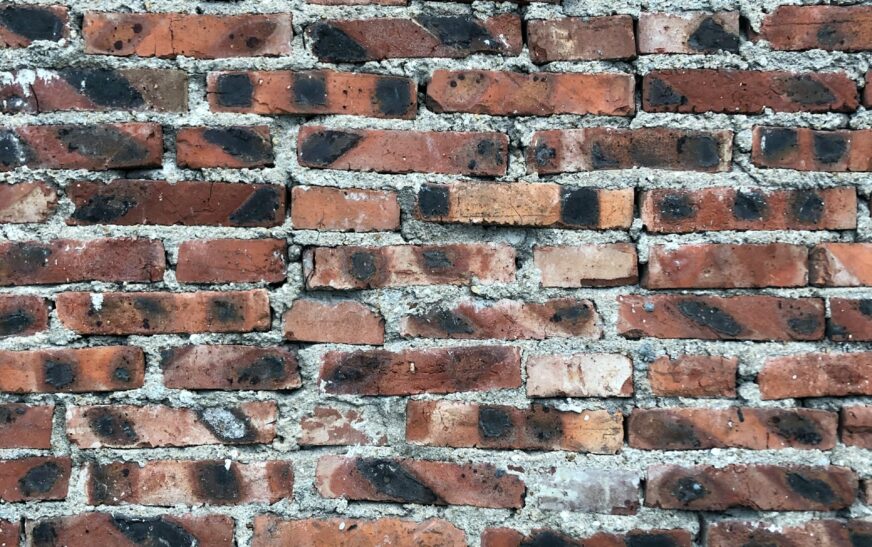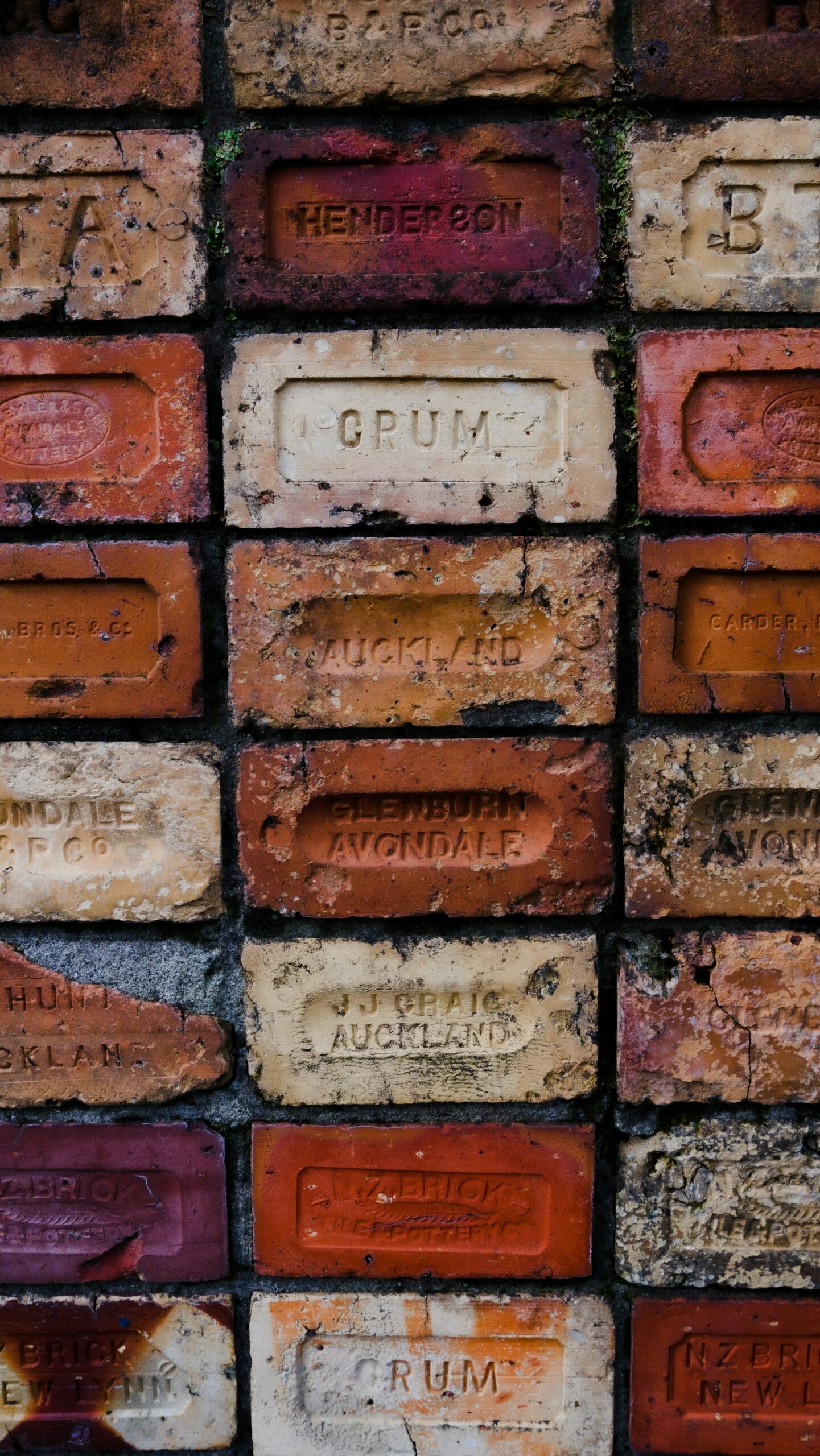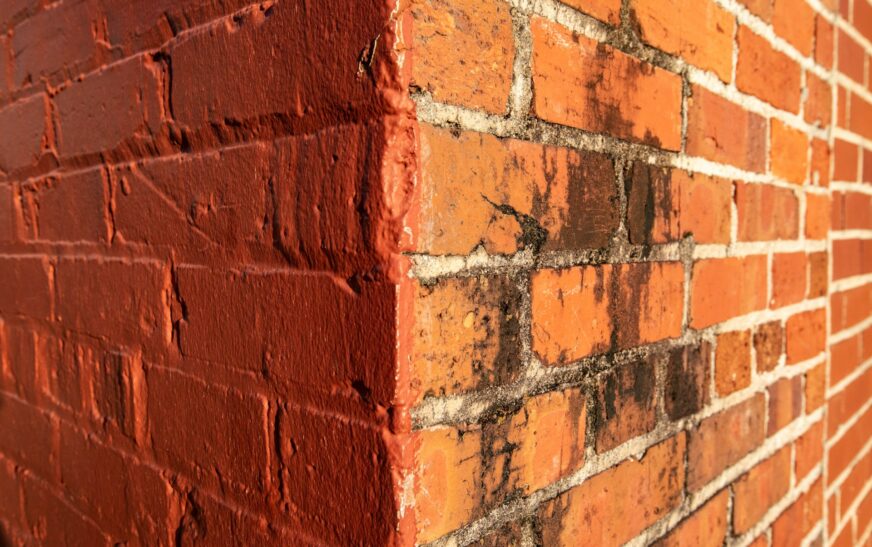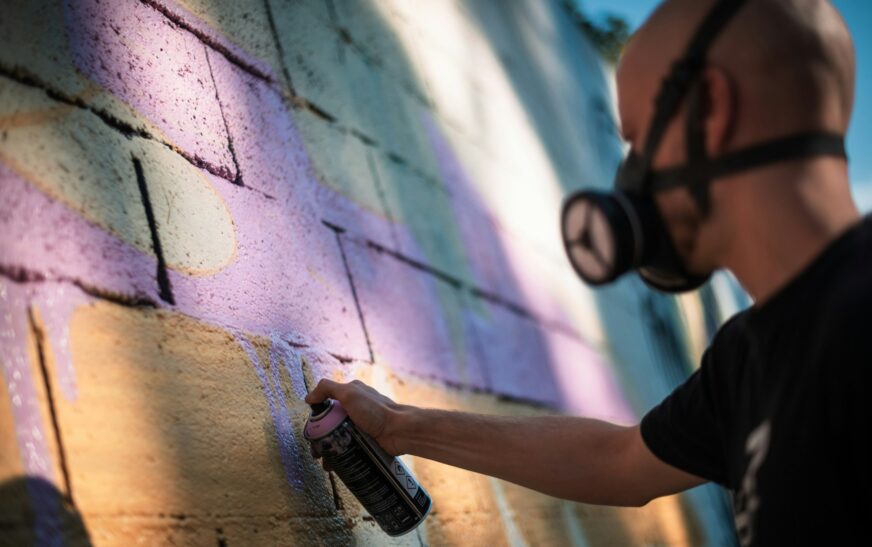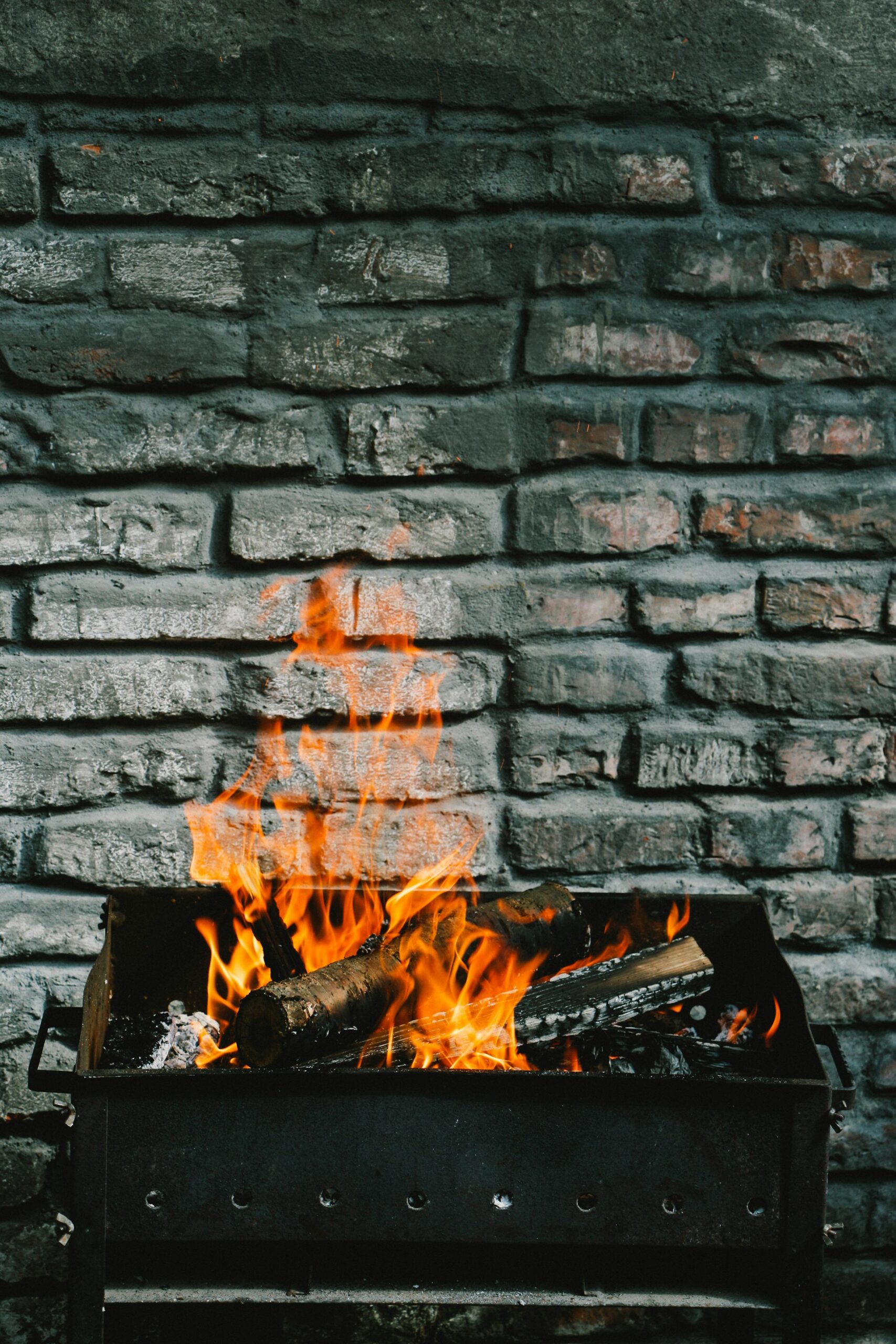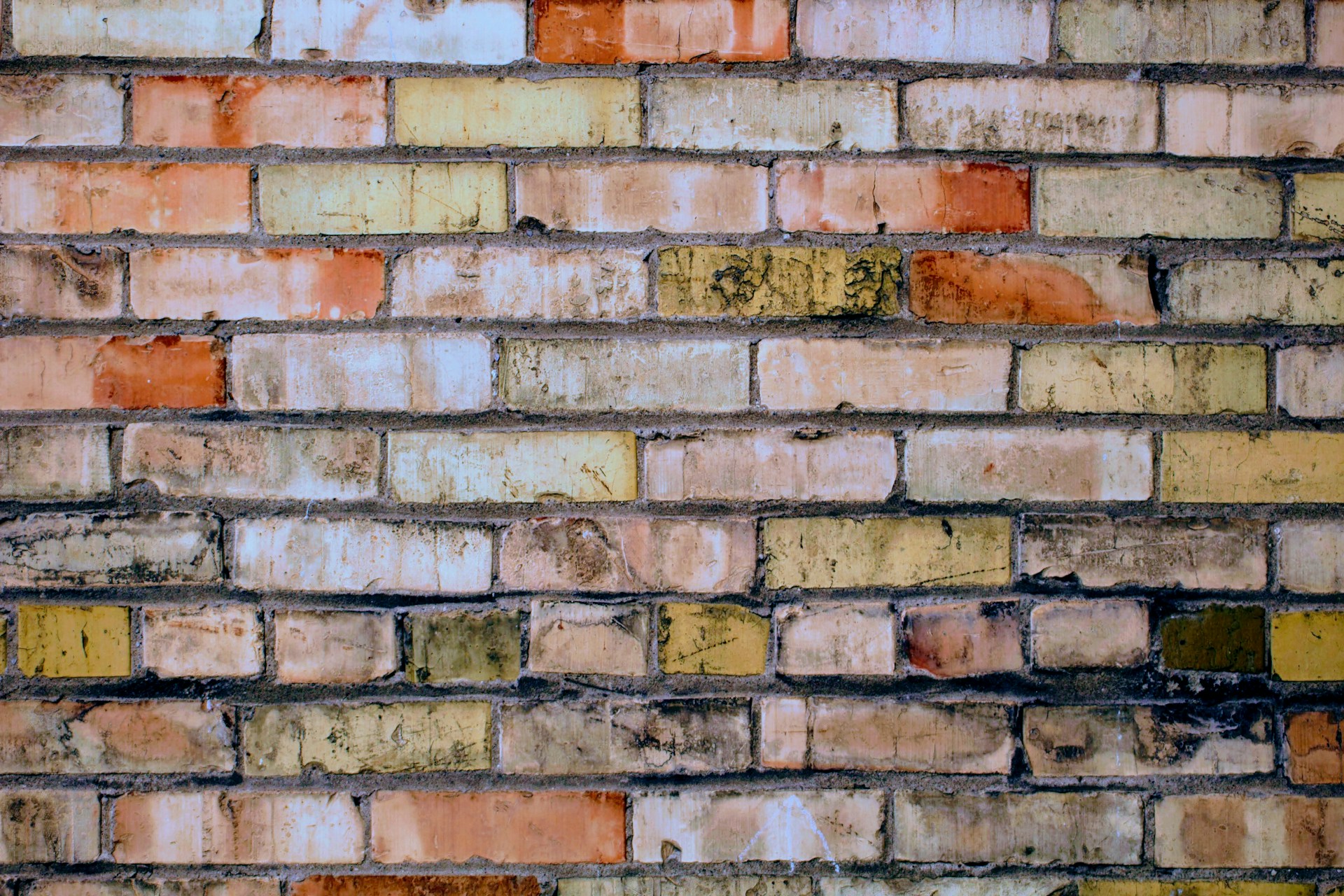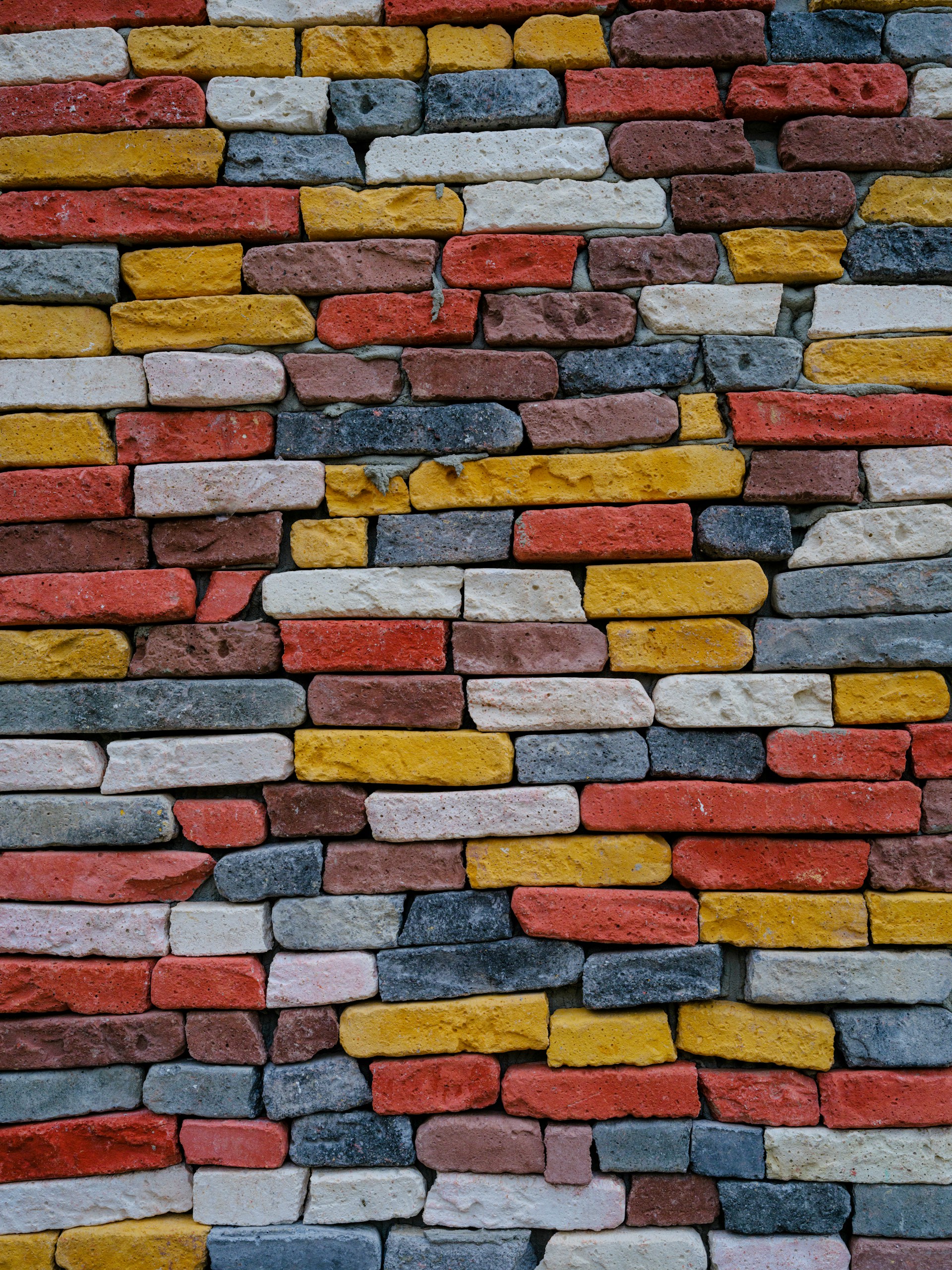Brick—sturdy, textured, timeless. But the moment spray paint lands on it, your classic surface can start looking less “rustic charm” and more “DIY disaster.” Whether it’s graffiti on your exterior wall or accidental overspray from a weekend project, you’ve probably asked yourself: “How on earth do I get this off?”
Spoiler alert: it’s not like scrubbing tile or hosing off metal. Brick is porous, stubborn, and loves to hold onto anything that touches it. But don’t worry—it’s tough, but not impossible.
Why Spray Paint Clings to Brick
Before we start scrubbing, let’s understand why brick fights back so fiercely.
Brick is porous, meaning it absorbs liquids—including aerosol paint—deep into every nook and cranny. Unlike smooth surfaces, brick doesn’t just hold paint—it drinks it in. That’s what makes removing spray paint a bit more involved than a simple wipe-down.
Tried-and-True Methods to Remove Spray Paint from Brick
Depending on how long the paint has been there and the brick’s condition, different approaches work better. Here’s a breakdown of the best techniques:
1. Masonry-Safe Paint Remover
Best for: Most brick surfaces, especially vertical walls.
Steps:
- Wet the brick with water to slow absorption.
- Apply a masonry-safe remover with a brush (gel-based works best for vertical surfaces).
- Let it sit 20–60 minutes, following the manufacturer’s instructions.
- Scrub gently with a stiff nylon brush—never metal.
- Rinse thoroughly with clean water.
Pro Tip: Always spot test first. Some bricks are more delicate than others.
2. Pressure Washing (Outdoor Use Only)
Best for: Exterior walls, patios, or fences.
Tips:
- Use 1,500–3,000 PSI and keep 12–18 inches from the surface.
- Combine with a cleaning agent for stubborn paint.
- Avoid older or crumbling brick; high pressure can make cracks worse.
3. Baking Soda Blasting (Professional Approach)
Best for: Historic brick, delicate surfaces, or heavily textured masonry.
This is a gentler alternative to sandblasting. Pressurized baking soda removes paint without damaging the brick or mortar.
Usually requires professional equipment—great results, but not a typical DIY.
4. Household Solutions for Light Spray Paint
Best for: Fresh, minor, or faint paint stains.
- Rubbing alcohol or acetone: Dab, don’t scrub aggressively.
- White vinegar and baking soda paste: Let sit, then scrub gently.
- Citrus-based cleaners: Eco-friendly and effective on newer stains.
These methods work for small areas or touch-ups—not for large, old, or heavily painted surfaces.
Safety First
Removing paint from brick often involves chemicals and abrasive methods. Keep these in mind:
- Wear gloves, goggles, and a respirator when using chemical removers.
- Ventilate indoor areas well.
- Avoid metal brushes or high-pressure streams on fragile brick.
- Dispose of paint chips and runoff according to local environmental guidelines.
Read More : How Do You Get Spray Paint Off Brick? A Step-by-Step Guide to Restoring Brick Surfaces
Prevent Future Spray Paint Problems
Once your brick is clean, a little protection goes a long way:
- Masonry sealer: Creates a barrier, making future paint easier to remove.
- Anti-graffiti coatings: Great for frequently targeted or commercial surfaces.
- Landscaping deterrents: Hedges, trellises, or fences can discourage vandals.

